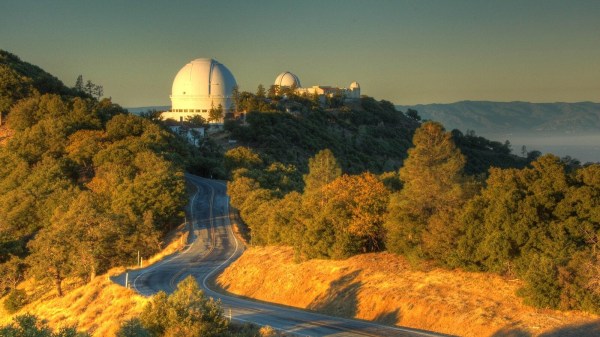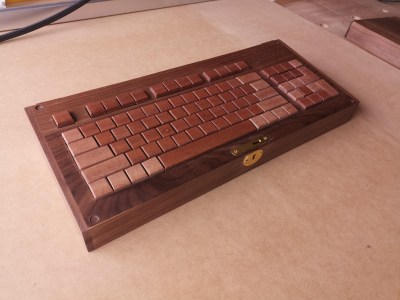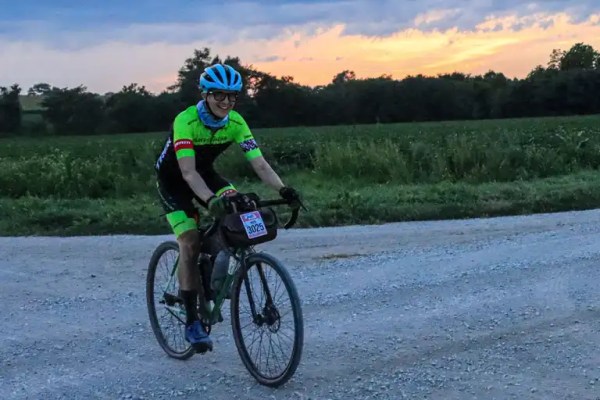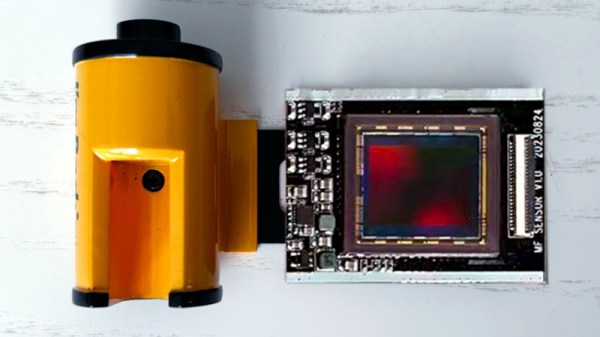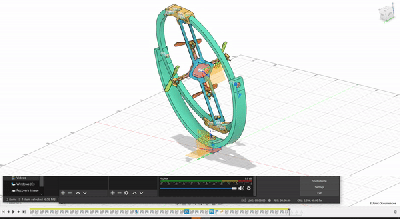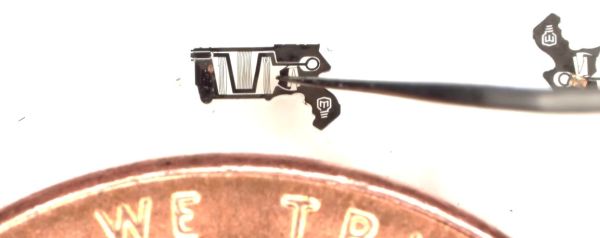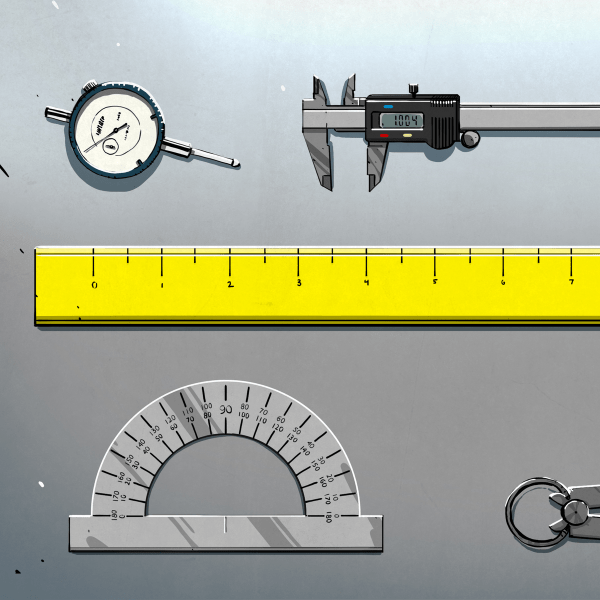Have 73 hours to kill and fancy a 4,609-mile road trip? Then you can check out some of the best observatories in the US (although we would probably recommend taking a couple of weeks rather than cramming the trip into three days, so you can spend at least one night stargazing at each).
Matador Network compiled a list of what they call the top ten US observatories, and published the daunting map you see above. Even if your trip is plagued by cloudy skies, rest assured the destinations will still be worth a visit. From Arizona’s Lowell Observatory, where the evidence Edwin Hubble used to formulate the Big Bang Theory was collected, to the Green Bank National Radio Observatory in West Virginia, home of Earth’s largest fully-steerable radio telescope, each site has incredibly rich history.
All of the observatories are open to the public in some way or another, but some are only accessible a few days per month, so make sure you plan your trip carefully! You may even want to travel with your own homemade telescope, Game Boy astrphotography rig, or, if you’re really dedicated, portable radio telescope.

